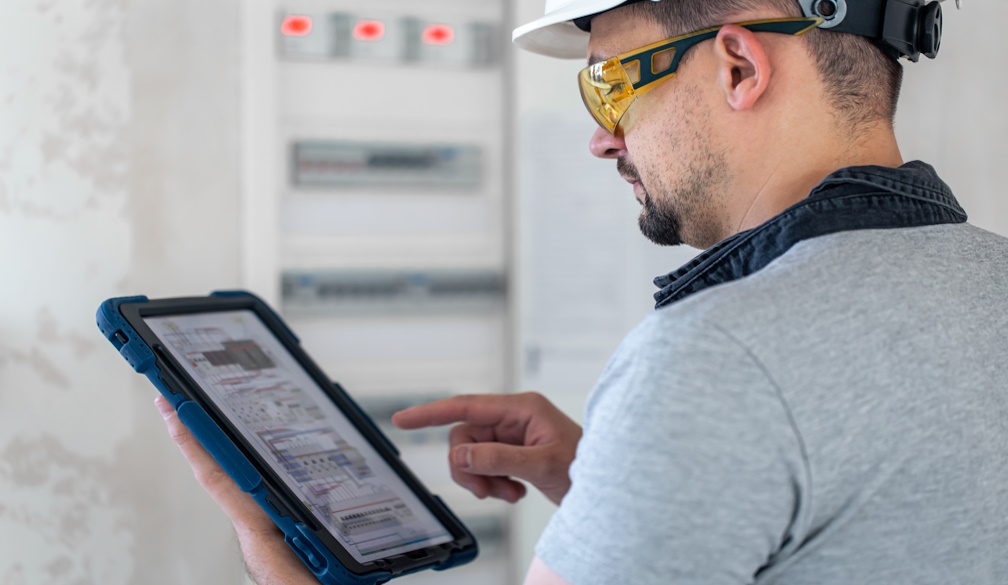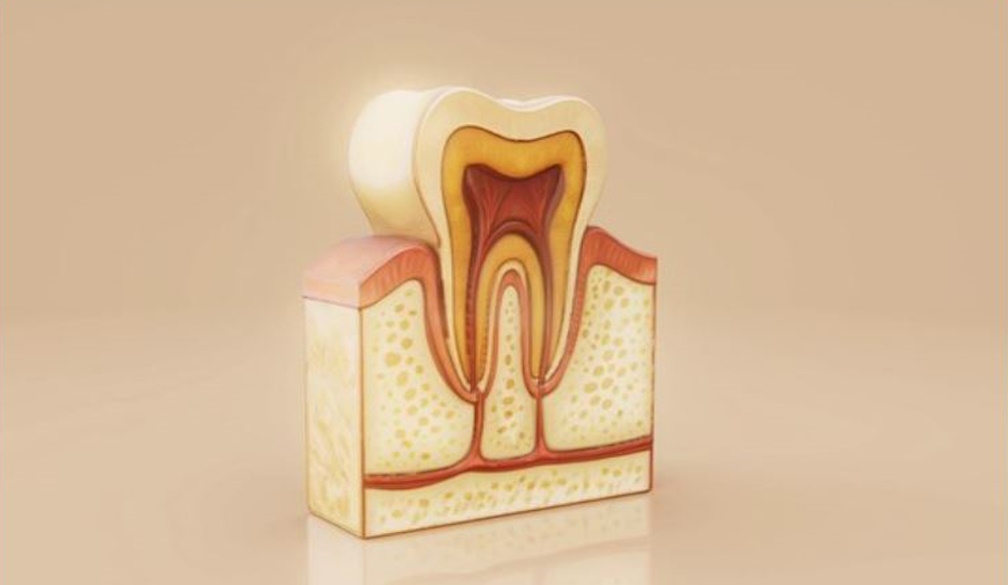Understanding the Importance of Electrical Thermal Imaging and Switchboard Thermal Imaging

Electrical faults can lead to equipment damage, fires, and even complete system failures. One of the most effective ways to prevent these hazards is through electrical thermal imaging. This innovative technique plays a vital role in identifying hidden electrical issues that can’t be detected through conventional means.
In particular, electrical thermal imaging and switchboard thermal imaging have become invaluable tools for maintenance professionals and facility managers.
What is Electrical Thermal Imaging?
Electrical thermal imaging, often referred to as infrared thermography, is a non-invasive diagnostic tool that uses infrared cameras to detect heat variations in electrical components. This process allows professionals to identify potential issues in electrical systems before they escalate into major problems. The infrared camera captures the heat emitted by electrical components, translating this thermal data into visual images called thermograms. By analyzing these thermograms, technicians can detect irregular temperature patterns that might indicate faulty wiring, overloaded circuits, or failing components.
In electrical systems, heat is a common byproduct of resistance in wires, connections, or circuit breakers. If a specific part of the system is overheating, it could signal an underlying issue that requires immediate attention. Using electrical thermal imaging, these potential faults can be pinpointed without the need for intrusive physical inspections, reducing downtime and preventing unnecessary repairs.
Benefits of Electrical Thermal Imaging
One of the major advantages of electrical thermal imaging is its ability to detect problems before they cause serious damage. Overloaded circuits or deteriorating components often show subtle signs of heat buildup long before they fail. By catching these early signs, facility managers can schedule maintenance during non-peak hours, preventing disruptions to normal operations. This predictive maintenance approach reduces the likelihood of unexpected equipment failures, saving time, money, and resources.
Another significant benefit is the enhanced safety of personnel. Traditional methods of inspecting electrical systems often require shutting down equipment, exposing workers to potential hazards. With electrical thermal imaging, inspections can be conducted while systems remain fully operational, minimizing the risk of accidents or injuries. This non-contact inspection method also reduces the risk of damaging sensitive equipment.
The Role of Switchboard Thermal Imaging in Electrical Maintenance
A switchboard is a crucial part of any electrical distribution system. It acts as the control center, directing electrical current to various parts of a building or facility. Given the importance of switchboards, any malfunction or failure in these systems can lead to widespread power outages or even dangerous electrical fires. This is where switchboard thermal imaging comes into play.
Switchboard thermal imaging is the process of using infrared cameras to inspect the electrical components within switchboards. It helps identify problems such as loose connections, overloaded circuits, and faulty breakers, all of which can cause overheating. By regularly performing switchboard thermal imaging, businesses can ensure that their switchboards are functioning optimally and mitigate the risks of electrical failures.
For example, a loose or corroded connection in a switchboard can cause an abnormal increase in temperature, which, if left unchecked, can lead to significant damage. Thermal imaging provides a quick and efficient way to identify these issues, allowing maintenance teams to make necessary repairs before the problem escalates.
How Does Thermal Imaging Detect Electrical Problems?
Thermal imaging works by capturing infrared radiation emitted by electrical components. Every object emits infrared energy depending on its temperature. Electrical components that are under strain, such as overloaded circuits or defective components, will emit more heat than those that are functioning normally. This difference in temperature is captured by an infrared camera, which translates the data into a thermogram—a color-coded image that highlights hot spots.
When analyzing the thermogram, technicians look for temperature anomalies. A hot spot or abnormal temperature on a circuit or switchboard could signal an impending failure or risk, such as insulation breakdown, poor connections, or faulty breakers. These issues may not be immediately visible to the naked eye but become glaringly obvious in a thermal image.
The Importance of Regular Thermal Imaging Inspections
Conducting regular thermal imaging inspections is key to maintaining the integrity of your electrical systems. By monitoring the condition of electrical components and switchboards over time, you can identify trends and anticipate when repairs or upgrades are necessary. Regular checks allow maintenance teams to plan interventions and avoid reactive repairs, which can be more costly and disruptive.
For businesses that rely on 24/7 operations, minimizing downtime is critical. Electrical thermal imaging allows for quick inspections with minimal impact on productivity. Since no physical contact with the system is required, inspections can be completed while the equipment is still running, ensuring continuous operations.
Moreover, thermal imaging is also useful in identifying energy inefficiencies in an electrical system. Unused or improperly functioning equipment can consume more energy than necessary, resulting in higher utility bills. By addressing these inefficiencies early on, businesses can optimize their energy use and reduce operational costs.
Final Thoughts
Incorporating electrical thermal imaging and switchboard thermal imaging into your regular maintenance routine offers numerous benefits, including enhanced safety, reduced operational disruptions, and cost savings. These technologies provide a non-invasive and highly effective way to monitor the health of electrical systems, ensuring that potential issues are identified and addressed before they lead to costly repairs or dangerous failures.
By leveraging thermal imaging, businesses can stay one step ahead of potential electrical issues, providing peace of mind and a more reliable electrical infrastructure. Whether you are a facility manager, a maintenance professional, or a business owner, thermal imaging is an essential tool for safeguarding your electrical systems and ensuring smooth, uninterrupted operations.













